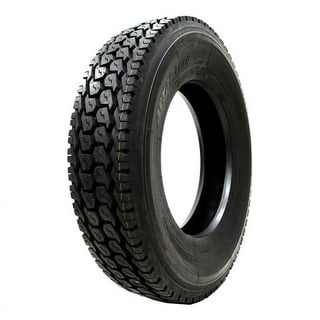Enjoy Big Cost Savings on Discount Tires Morris IL: Shop Currently for Bargains
Enjoy Big Cost Savings on Discount Tires Morris IL: Shop Currently for Bargains
Blog Article
Tire Service: Comprehending Tire Stress Monitoring Solutions
Understanding Tire Stress Surveillance Solutions (TPMS) is an essential aspect of keeping optimal vehicle performance and security when traveling. With advancements in automotive modern technology, TPMS has actually come to be a typical function in contemporary vehicles, providing real-time info on tire stress degrees. Digging much deeper into the ins and outs of TPMS, one can reveal the various components that comprise this system and the value of each in ensuring precise surveillance. From straight to indirect TPMS systems, the landscape of tire pressure monitoring varies, each with its special collection of considerations and benefits. Stay tuned to decipher the complexities of TPMS, from maintenance suggestions to the indisputable benefits of maintaining your tires appropriately blew up. mopar tire service specials.

Value of TPMS
The relevance of Tire Pressure Monitoring Systems (TPMS) exists in their capacity to boost automobile safety and performance via real-time surveillance of tire pressure levels. Keeping the right tire pressure is vital for making certain optimal handling, braking, and overall security of a lorry. TPMS gives drivers with prompt feedback on any kind of underinflated or overinflated tires, permitting timely changes to be made.
Elements of TPMS
Comprising various necessary elements, a Tire Pressure Tracking System (TPMS) operates as a sophisticated security feature in modern-day lorries. The primary components of a TPMS include sensors, a control module, and a caution indication. Sensors are usually situated in the tire valve stem or connected to the wheel setting up, where they determine tire stress and send information to the control component. The control module procedures this information and sets off a caution if it discovers considerably low stress in any one of the tires. The caution indication, often a symbol on the control panel, signals the driver to examine the damaged tire or tires. Some progressed TPMS designs likewise show the actual tire pressure readings for each tire, providing vehicle drivers with real-time details to make certain optimum tire performance and security. By checking tire stress constantly, TPMS assists avoid accidents, reduces tire wear, and boosts gas performance, making it a crucial element for car safety and performance.
Kinds Of TPMS

On the other hand, indirect TPMS relies on the automobile's wheel speed sensors to keep an eye on tire stress. This system detects underinflation by comparing the rotational speeds of the wheels. Indirect TPMS is less expensive than straight TPMS, as it makes use of existing sensing units within the lorry.
While straight TPMS supplies much more precise readings, indirect TPMS is easier in click site style and normally needs less maintenance. Both systems have their advantages and restrictions, and the choice between them typically depends upon elements such as expense, vehicle make, and individual choice. Recognizing the distinctions between these two kinds of TPMS can assist vehicle proprietors make notified decisions concerning tire maintenance and safety.
TPMS Upkeep Tips
Reliable maintenance of TPMS is crucial for ensuring optimal efficiency and security of your car. On a regular basis inspecting the TPMS sensing units for any type of damage or corrosion is critical. Make certain that the sensing units are clean and free from debris that can disrupt their performance. Additionally, it is suggested to inspect the sensor batteries occasionally and change them as needed to assure exact readings. Conduct regular look at the tire pressure degrees and contrast them with the TPMS analyses to guarantee they are regular. If there are any inconsistencies, rectify the system adhering to the producer's standards. In addition, during tire turning or replacement, make certain that the TPMS components are handled meticulously to avoid any type of potential damage. If the TPMS warning light brightens on the dashboard, attend to the issue without delay by inspecting the tire stress and the overall system for any type of faults. By adhering to these maintenance suggestions, you can extend the life-span of your TPMS and enhance the security of your news driving experience.
Advantages of Appropriate Tire Pressure
Keeping appropriate tire pressure, as highlighted in TPMS Upkeep Tips, is vital for gaining the many advantages linked with optimal tire pressure levels. In addition, appropriate tire pressure guarantees even tire wear, expanding the life-span of the tires and advertising much safer driving problems. In conclusion, the advantages of proper tire pressure go past simply tire durability; they incorporate enhanced fuel performance, boosted safety, much better car performance, and total driving try this website comfort.
Verdict
To conclude, understanding tire pressure monitoring systems (TPMS) is important for keeping ideal tire stress and ensuring car safety. By recognizing the relevance of TPMS, being familiar with its components, understanding the different types offered, adhering to appropriate maintenance tips, and realizing the benefits of maintaining correct tire pressure, drivers can improve their driving experience and lengthen the life-span of their tires. Correct tire stress is key to reliable and risk-free vehicle operation.

Report this page